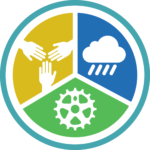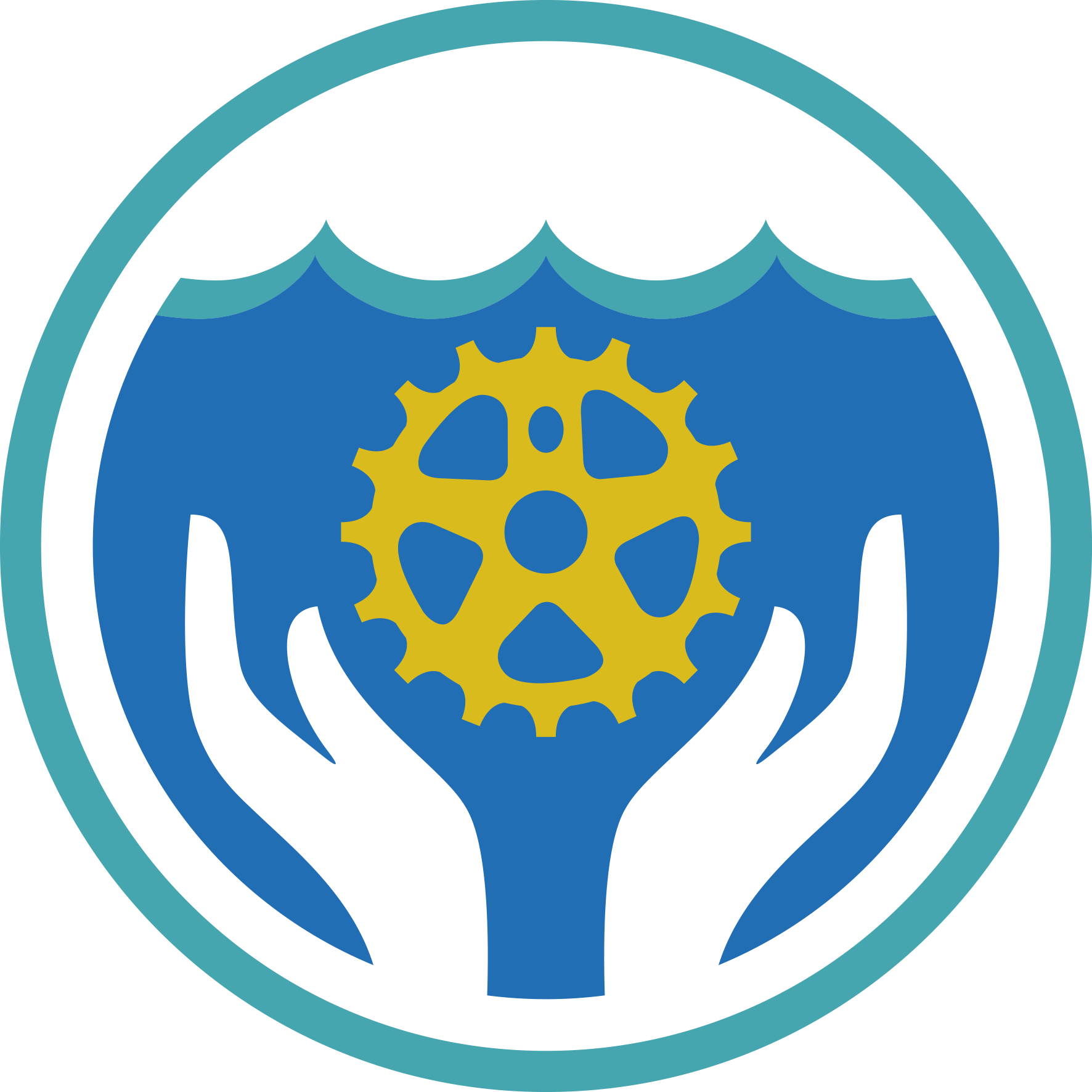Why Gender Matters in IWRM: A tutorial for water managers
This tutorial is a self-learning tool for professionals and managers in the water sector. It is designed to help them account for the different needs of the women and men that will be affected by their work. The tutorial explains why is it important to consider gender mainstreaming in the water sector. It details the various ways in which men and women are affected differently by water management decisions. Despite the challenges, there are numerous benefits in considering gender from the design stage through to implementation of water policies and practices. The benefits can be seen in improved economic sustainability, economic efficiency and social equity and better water governance.The tools needed to achieve these benefits are discussed in the context of different sectors.
There are five chapters in the tutorial. The first chapter presents basic concepts related to IWRM and gender. Subsequent chapters deal with the different sectors of water management: domestic and drinking water; sanitation; agriculture; environment, climate change and waste management.

Sustainable Sanitation and Water Management Toolbox
The Sustainable Sanitation and Water Management Toolbox recognizes that sectoral approaches are not going to solve the global water and sanitation crisis. It highlights that we need holistic approaches and must consider the entire water cycle from source to sea, and back, and puts human influence on the water and nutrient cycle at the centre. But what are such holistic approaches? What is understood by Integrated Water Resources Management? And what does Sustainable Sanitation actually mean? And how do we link the two, and bring in agriculture into the play?

IWRM as a Tool for Adaptation to Climate Change
This self-learning tutorial is developed based on the training manual & facilitators guide “IWRM as a Tool for Adaptation to Climate Change” jointly developed by Cap-Net/UNDP, WMO/APFM, UNESCO-IHE and other partners. It introduces general concepts and practical applications of integrated water resources management (IWRM) as an instrument for adaptation to climate change. The target audience includes water managers and high level officials responsible for developing adaptation strategies. Other beneficiaries include academics and students.
Integrated Water Resources Management
What is meant by integrated water resources management? Why is it so important? What are we losing without it? What are the gains to be made from introducing it? If it is so good, why isn’t everybody doing it already? This brief introductory tutorial is aimed at policy makers, water managers, trainers and educators who want a basic understanding of IWRM principles.

